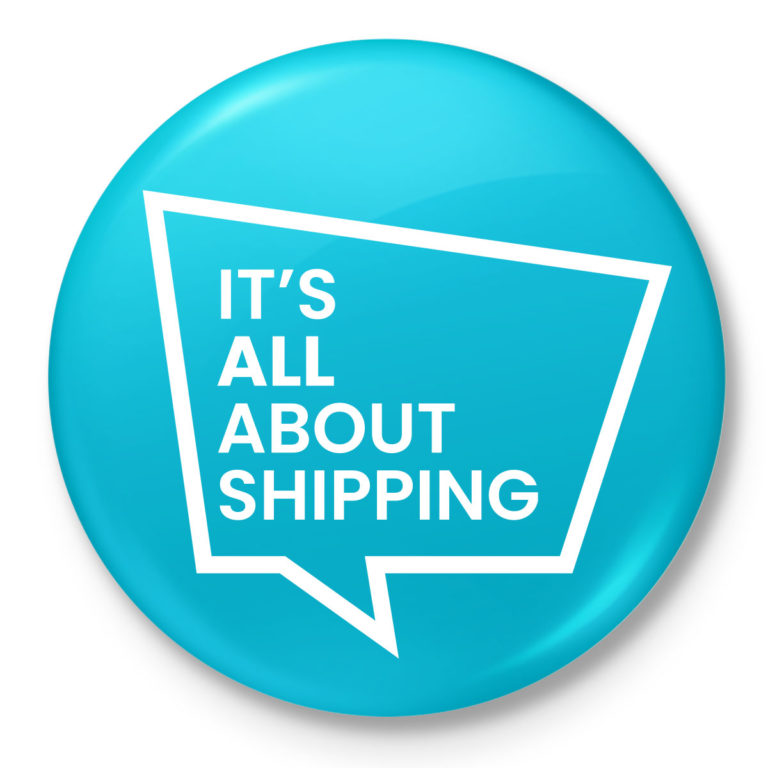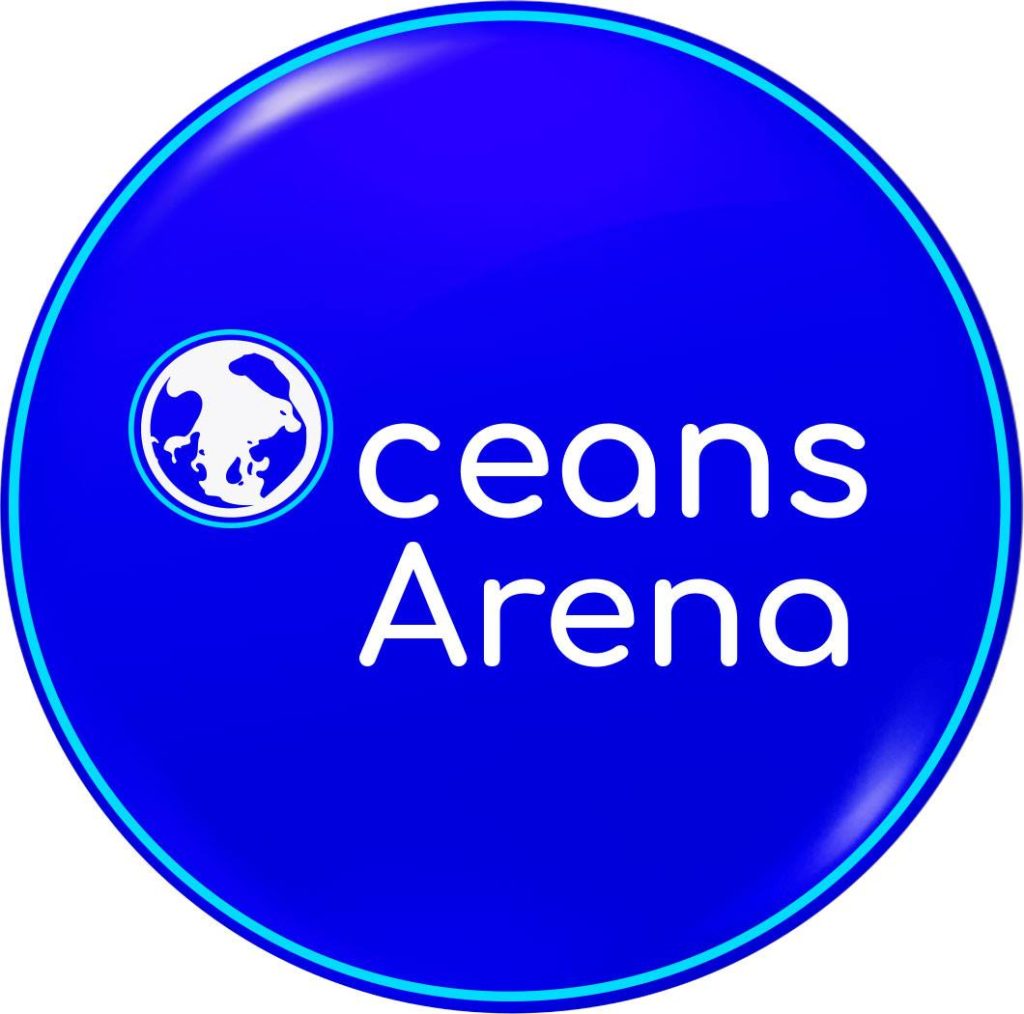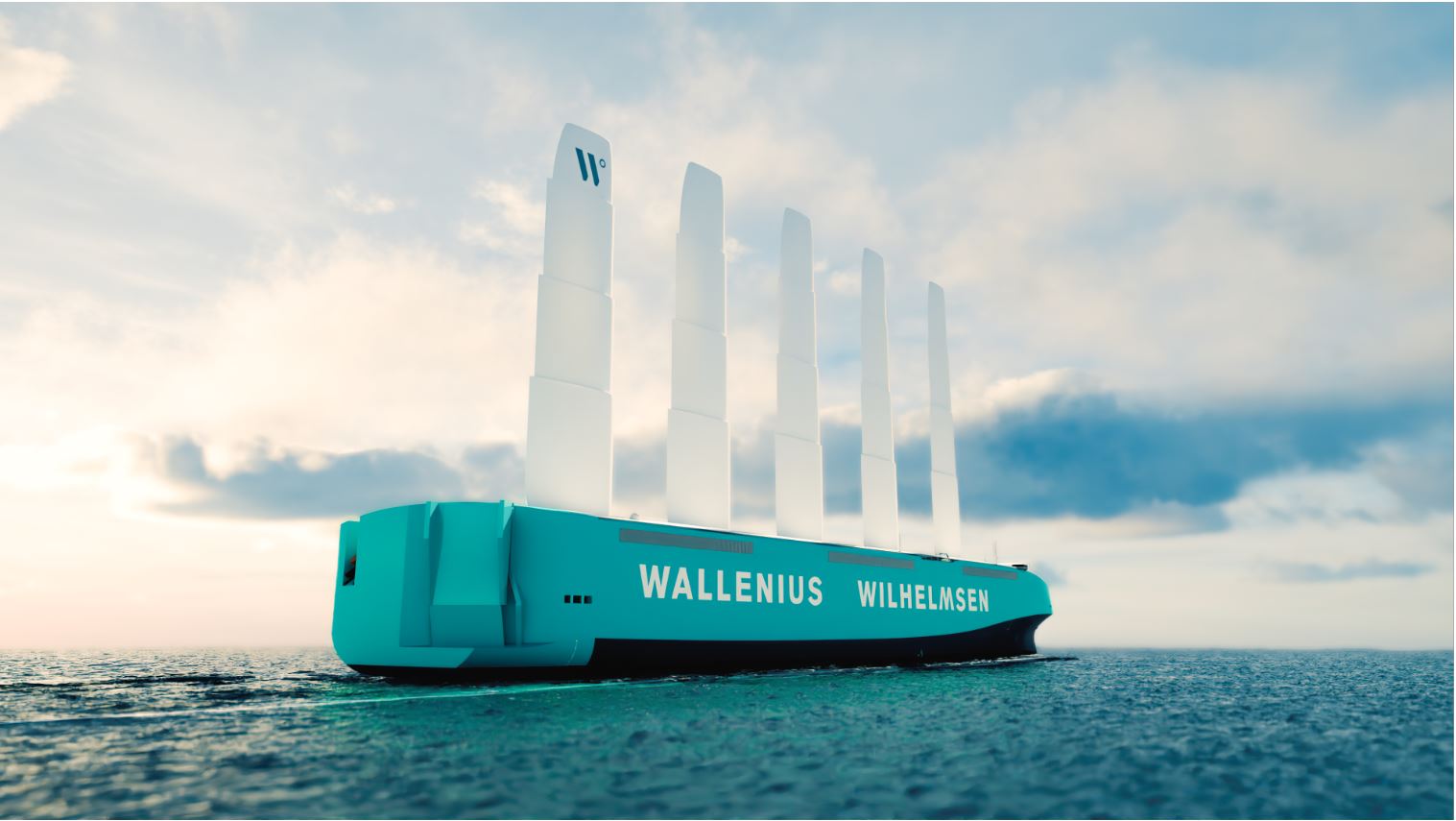Roger Strevens is Vice President of Sustainability at Shipowner Wallenius Wilhemsen. The company has announced plans to further develop a concept for a deep-sea wind-powered car carrier.
Roger joined Craig Eason (Fathom World) and Gina Panayiotou (It’s All About Shipping & Oceans Arena) in the Shipping & Sustainability Clubhouse Room (find the App on Apple App Store), hosted every Monday at 18:00 GMT, to answer questions from participants and the hosts.
The following notes are not verbatim and should not be treated as such.
Rogers opening comments.
“There is a changing expectation from stakeholders towards sustainability and a high rate of change. We developed Orcelle Wind from the original idea of Orcelle in 2005.
This was a vessel idea that was never going to be built exactly like that, but it did have a strong signal effect. It sent a message about our aspirations. We are now ready to study Orcelle Wind as a possible reality”.
Q: Do shipowners have a responsibility to take a leadership role in sustainability?
RS: If you engage you put your business in a good position. If we waited for the industry to do the right thing, we would have waited a long wait. We need to tackle emissions. So perhaps there is a need to change the frame of reference- away from regulations- and to helping customers.
For us (as car carriers) many cars are now built in carbon neutral factories and are zero emission (EVs) so for our customers who are cleaning up their emissions, their outbound logistics (which is us) is a clear area to tackle.
Then there is the finance side where there is pressure for financial institutions to make their portfolios greener. There is the EU taxonomy that is defining green investment, and ship financing is being included.
And on the pull side there is competition on the sustainability end of the business. It will be safer to invest in low-risk companies, i.e. those that have an eye to the future (and the need to be green to survive).
Q: Should companies get involved in sustainability?
RS: Well, I think we have passed that point already. Let’s just look at January 1, 2020 when the global sulphur cap came int o force. This was a huge cost to shipowners regulation who needed to pass the cost of compliance on to customers.
For the first time this environmental regulation led to commercial discussions with customers, so the worlds of sustainability and business are the same thing. But now there is no ore low hanging fruit it is expensive.
Q: What is the biggest driver to your sustainability strategy?
RS: I cannot really pick out one. We have over 160 years of heritage (in Wallenius Wilhelmsen), so the company has a long-term view. Sustainability is a mega trend, and it is our business. There is a strong case for solid green financials, but also for attracting talent.
This is important as we need to give a sense of purpose bigger than just impacting a company’s bottom line. So with sustainability it is something we can use to attract talent. It gives a reason for someone to work in our company, it is important for them.
Talent is now purpose driven, so attracting talent is a challenge; Sustainability is a “major card,” to attract and retain talent. Talent no longer works in the head office, it is working remotely, autonomously, which is good, but it also brings about more competition as others are able to seek out the same talent.
Q: What is the company approach to innovation, given the Orcelle Wind idea is such a bold one?
RS: Put simply: You do not want a funnel. Who wants a funnel? We are a smoke stack industry that needs to close the gap to zero emissions. So as we looked at new tonnage, we look at how we can do this. Wallenius Line was evaluating the design of its Oceanbird concept. So we began to look at the five different tests to evaluate feasibility (More on that later).
So if there is a business case, we are actively wiling this to be a success, it is our inclination. We know there will be challenges and obstacles, but we will do what we can to overcome them.

Q: There’s a lot of concern about the sustainability goal, and how to keep the discussion and awareness high during, and after the Pandemic, what are your thoughts and what are you doing?
Q: Can you offer more thoughts on strategies for talent and technology acquisition?
RS: The challenge for energy storage and generation is not unique to shipping, so we need to attract the innovation from far and wide outside the maritime space. We need to be innovative in our thinking. There is one specific initiative I am involved in, called the Ocean Exchange. It is a forum to advance sustainable solutions with valid business cases. It as proven to be a promising well of aspiring ideas.
Q: How will existing tonnage be phased out?
Q: Will new technology have crew training?
Q: What percentage will be wind, what power requirements will the vessel have, and will you change operational profile to gain extra bunkers to attain absolute zero?
RS: This comes down to the five tests we will be subjecting this vessel idea to:
- Does it make technical sense? This includes structural strength, stability etc.
- Does it make operational sense? i.e. will it be able to go under bridges as it enters ports?
- Does it make financial sense? i.e. And here we need to look at the frames of reference, such as the possible inclusion of a carbon tax.
- Does it make regulatory sense? As well as future international regulations from organization such as the IMO there are also other rules, such as from classification societies.
- Does it make commercial sense? i.e. Can such a vessel be placed int the market?
The fifth one is perhaps the hardest to answer, as it is not the case that services can be offered tomorrow, but we need all five of these tests answered.
Q: What about fuel selection for the industry?
RS: The discussion about fuel selection is very detailed and complex, but countries can not place their own levies on hydrocarbon fuels for shipping which has led to this being a long journey.
Q: Are there any regulations on microplastics?
RS: Waste onboard is regulated through grey and black water discharges, but I do not know of any specific regulations on microplastics.
Q: There is pressure on shipping to be integrated into supply chains seamlessly, and to be less soloed. How do you see this happening? How do we reconfigure the network?
RS: There is a huge focus on each link in the supply chain whereas we need to optimise the whole system. We are working on this. But we do see a disconnect from the shipper sometimes. As an example we had a shipment of electric vehicles for a client who had a big show and launch of sales planned. They were worried that the vehicles would not get there on time, so asked us to speed up the voyage, which led to an additional fuel use and a further 1,000 tonnes of Cos. But in the next breath they asked us what we are doing to reduce our emissions. What we need is proper data to get all the acts with all actors in the supply chain.
Q: Can you see hydrogen being generated onboard and used on the ship as fuel?
RS: While the idea of a perpetual engine seems attractive, I feel the reality will be otherwise. However we can see hydrogen being made through excess energy creation onboard and then used in a fuel cell for example.
For your weekly briefing on Sustainability Shipping, join the Shipping & Sustainability Club, on Clubhouse where Craig Eason & Gina Panayiotou host a special guest each week to focus on some of the key topics of sustainability. Not on clubhouse yet? We have you covered – find the room’s overview on Fathom World and Oceans Arena.



































